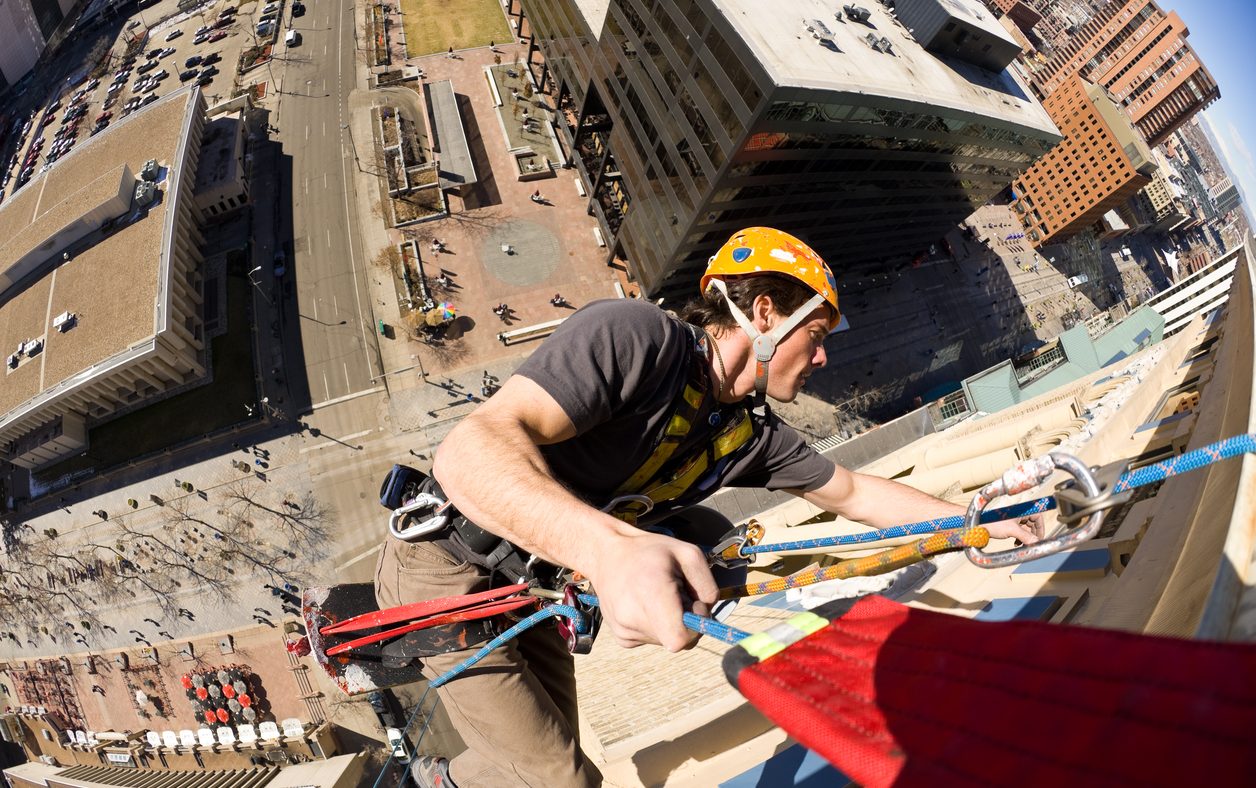Structural inspections benefit from rope access as an alternative to traditional inspection methods in terms of cost-effectiveness and convenience. The advantages of rope access are especially apparent to those in charge of commercial buildings and infrastructure system components.
Cost-Efficient
Rope access requires less equipment, personnel, time, scheduling, and logistics than traditional structural inspections. Disruption and downtime can be avoided by implementing this advanced technique, getting you the most value out of the inspection, and ultimately you saving money.
Access
Difficult locations are no problem with rope access since inspectors can repel from just about anywhere. Rigging requirements are met with secure anchor points, allowing a thorough and close-up inspection to even hard-to-reach places.
Self-Contained
Self-containment is important for busy buildings. Rope access takes less time to set up with minimal equipment, whereas scaffolding requires a large amount of open space and often affects access to the building. Tenants will be frustrated with the inconvenience of limited or alternative access to their homes or offices, and retailers won’t be happy with their storefronts covered by scaffolding equipment.
Time-Saving
Since rope access doesn’t require major setup and tear down, property managers and building owners won’t need to schedule their inspections around business or operating hours. If multiple days are required to complete the inspection, ropes can be quickly disassembled at the end of each day, leaving no equipment behind necessary to secure.
There are a few differentiators you should consider before hiring a rope access inspection service provider. At the very least, the inspectors should be SPRAT Certified and qualified structural engineers. Amount of experience and reputable company record are also worthy considerations.
To learn more about VERTEX’s Forensic Engineering services or to speak with an Engineering Expert, call 888.298.5162 or submit an inquiry.




